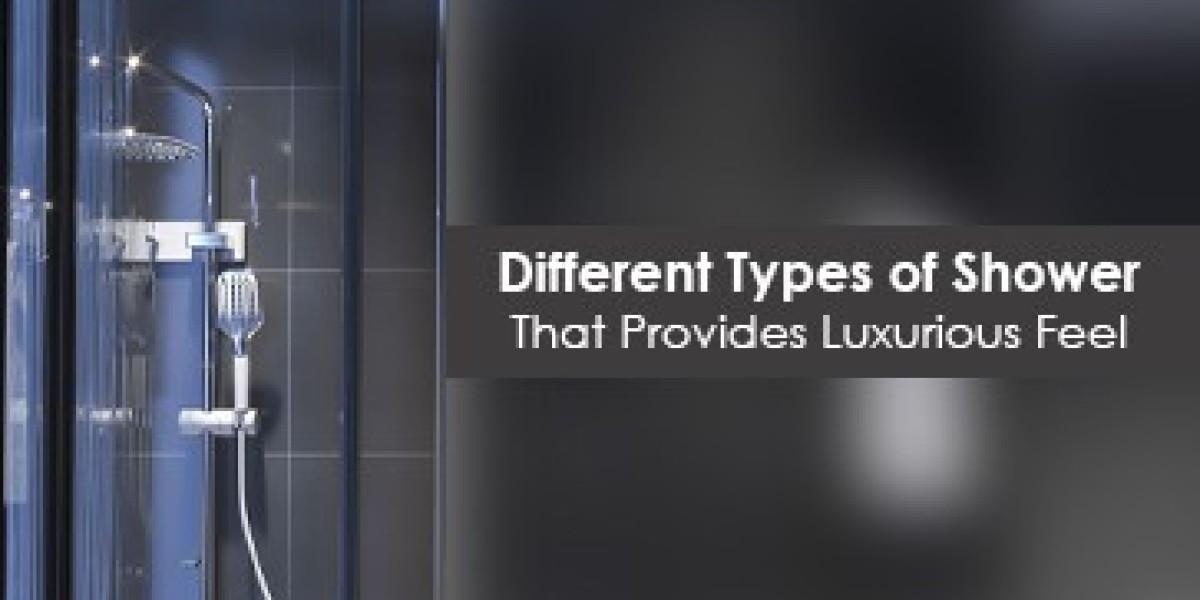The bathroom is a vital and multifunctional space within a household, serving as a private sanctuary for personal hygiene and relaxation. It is a carefully designed area that combines functionality, comfort, and aesthetic appeal. In this description, we will explore the various components, features, and purposes of a typical bathroom.
Entering a well-appointed bathroom, one is greeted by a clean and inviting atmosphere. The walls are often adorned with tiles or paint, creating a pleasant ambiance. The flooring, usually tiled, offers both durability and ease of cleaning. Soft, warm rugs are strategically placed near the shower or bathtub, providing a cozy surface upon which to step.
At the center of the bathroom lies the sink or basin, an essential fixture for daily grooming tasks. It is often made of porcelain, ceramic, or glass and is accompanied by a stylish faucet. Above the sink, a mirror stretches across the wall, allowing individuals to inspect their appearance and carry out their beauty routines.
Adjacent to the sink, one can find a countertop or vanity, providing storage space for toiletries, towels, and other bathroom essentials. Cabinets or drawers are typically incorporated into the vanity, ensuring a clutter-free environment and easy access to items. The countertop is often adorned with decorative elements, such as candles, plants, or artwork, to add a personal touch.
Moving further into the bathroom, there is the toilet, a crucial element of any bathroom design. The toilet features a seat and a tank, enabling individuals to carry out their private needs in comfort and hygiene. Modern toilets often come equipped with water-saving mechanisms, promoting sustainability and conservation.
One of the highlights of a bathroom is the bathing area, which can take various forms depending on the available space and personal preferences. It may feature a bathtub, allowing for long, luxurious soaks to relax the body and mind. Alternatively, a shower stall can be incorporated, offering a quick and invigorating cleanse. Showers are typically equipped with a variety of settings, including adjustable water pressure and temperature control.
To ensure privacy and prevent water from splashing, a shower curtain or glass enclosure encircles the bathing area. The choice of materials, patterns, and colors can enhance the bathroom's overall aesthetic. Adjacent to the bathing area, shelves or niches are often installed, providing convenient storage for shampoo, conditioner, and other shower products.
The lighting in the bathroom plays a crucial role in creating a soothing and functional environment. A combination of natural and artificial light is often employed. Windows or skylights allow natural light to illuminate the space during the day, while strategically placed light fixtures and vanity lights provide ample illumination during the evening or nighttime.
To maintain cleanliness and freshness, ventilation systems are commonly installed in bathrooms. Ventilation fans extract moisture and unpleasant odors, ensuring a pleasant and healthy atmosphere. Additionally, heating systems, such as radiant floor heating or towel warmers, can be incorporated to provide comfort and warmth.
In conclusion, the bathroom is a sanctuary where individuals can indulge in personal care, unwind, and rejuvenate. Its carefully designed elements, such as sinks, mirrors, toilets, showers, and lighting, merge functionality with aesthetics. From the moment one steps into a well-designed bathroom, they are embraced by an atmosphere of tranquility and luxury, promoting a sense of well-being and serenity.








